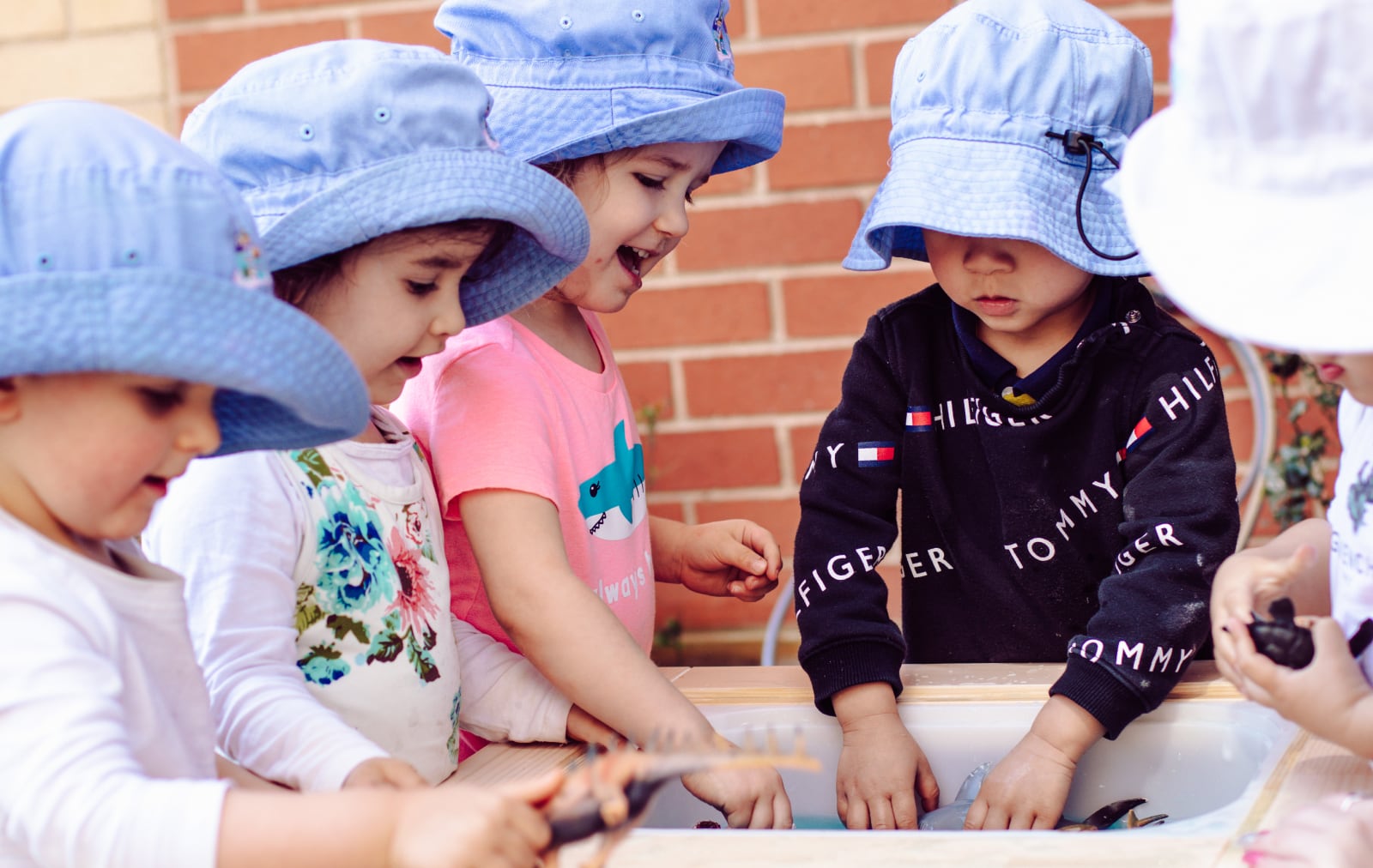
23 Nov Four Strategies to Raise An Inclusive Child
If we think of humanity as a large family, then to be inclusive means that everyone has a place at the table. No one is excluded, marginalised, or left out. Everyone has something to offer. As adults, we pass our values to children every day through what we say and do.
What Is Inclusiveness?
To be inclusive, according to the Merriam-Webster dictionary, is to be “broad in orientation or scope.” Too often, inclusiveness is described as something we should do to benefit others. Being inclusive is more than a moral obligation—although this alone is an advantageous enough reason to practice it. When we are inclusive we aren’t divided. Instead, our world becomes enlarged. We gain relationships and experiences that enrich us. We recognise that we are all different and that those differences bring joy to living.
Strategies to Raise an Inclusive Child
Here are four great ways where you, as a parent, can teach your child to have an inclusive attitude and approach.
1. Be a role model
Children follow what we do more than what we say, so it’s important that our actions are sending the right message. This can be as simple as getting to know your neighbors as you’re walking the dog or getting the mail. Make an effort to talk to others at school activities or community events. In particular, be aware of those who might be new or feel left out.
2. Teach compassion
It’s not realistic to ask children to be “best” friends with everyone all the time, but elementary-age children in particular can learn to be friendly and compassionate in a group setting, such as school. Teach your child to be aware of other children who might be new or who might feel left out. Teach your child the fine art of small talk and asking questions to draw other children into the conversation. For example, challenge your child to include another child who is sitting alone at lunch or playing alone at recess.
3. Explain differences, don’t ignore them
The question is not whether differences exist; it is what message we are sending by teaching children about differences. Unless we as parents are willing to help explain to children what seems strange or different to them, we will never be successful in teaching children to understand and appreciate differences.
4. Use children’s literature
Children’s books are a great vehicle for exploring differences in culture, race, and ability, especially when the literature depicts authentic characters involved in relatable situations.
The benefits of inclusion can be tremendous for all parties involved. Through the provided simple activities and tips, children can learn the real lessons of inclusiveness: that inclusiveness means looking in someone’s eyes, seeing their humanity, and understanding them.
At Little Kingdom Childcare, our mission is to become a part of your extended family – enabling you to entrust the care of your children to people who will love, nurture and educate them – while helping you manage your time and family in the best manner possible.